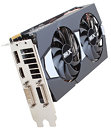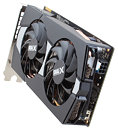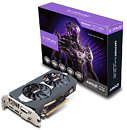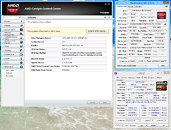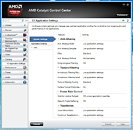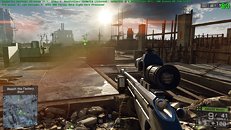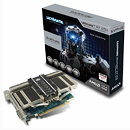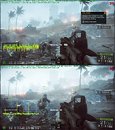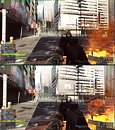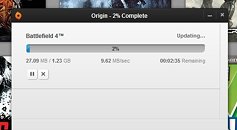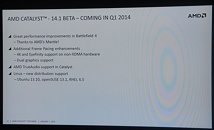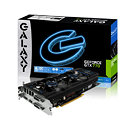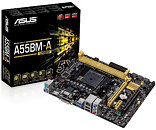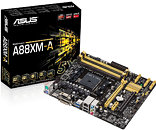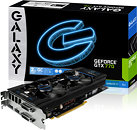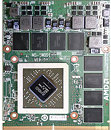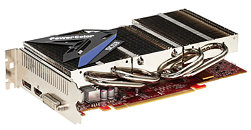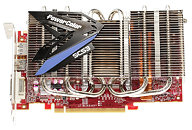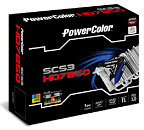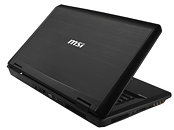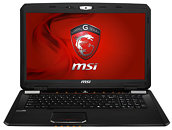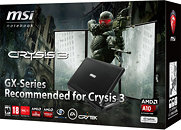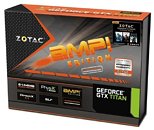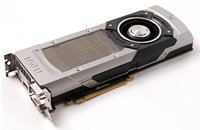
Aitech Announces High Performance Video and Graphics in AMD-powered PMC Board
Aitech Defense Systems Inc. recently announced the M598, the latest video and graphics PMC in its vast line of AMD-driven solutions, designed to simultaneously drive several independent video streams in a wide variety of outputs. The versatile PMC uses the AMD Radeon E8860 (Andelaar) GPU, providing six independent graphics heads with 2 GB of GDDR5 operating at up to 1125 MHz.
In addition to the independent video stream capture, the M598 provides advanced video overlay functionality. Once the E8860 processor generates the graphics images, an input from one of the video formats is superimposed and the final image is sent to a monitor. Used in civil or military aviation or ground vehicle systems, the M598 is ideal for a number of graphics-intensive display computing environments. These include fixed- and rotary-wing mission and cockpit display computers and heads-up displays as well as electro-optical (EO) video camera, EO night vision and Infrared (IR) video frame grabbing, multi-role tactical mission displays found in advanced 2D and 3D C4ISR and EW video processing systems.
In addition to the independent video stream capture, the M598 provides advanced video overlay functionality. Once the E8860 processor generates the graphics images, an input from one of the video formats is superimposed and the final image is sent to a monitor. Used in civil or military aviation or ground vehicle systems, the M598 is ideal for a number of graphics-intensive display computing environments. These include fixed- and rotary-wing mission and cockpit display computers and heads-up displays as well as electro-optical (EO) video camera, EO night vision and Infrared (IR) video frame grabbing, multi-role tactical mission displays found in advanced 2D and 3D C4ISR and EW video processing systems.








